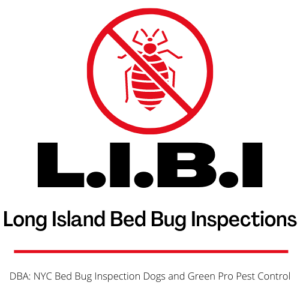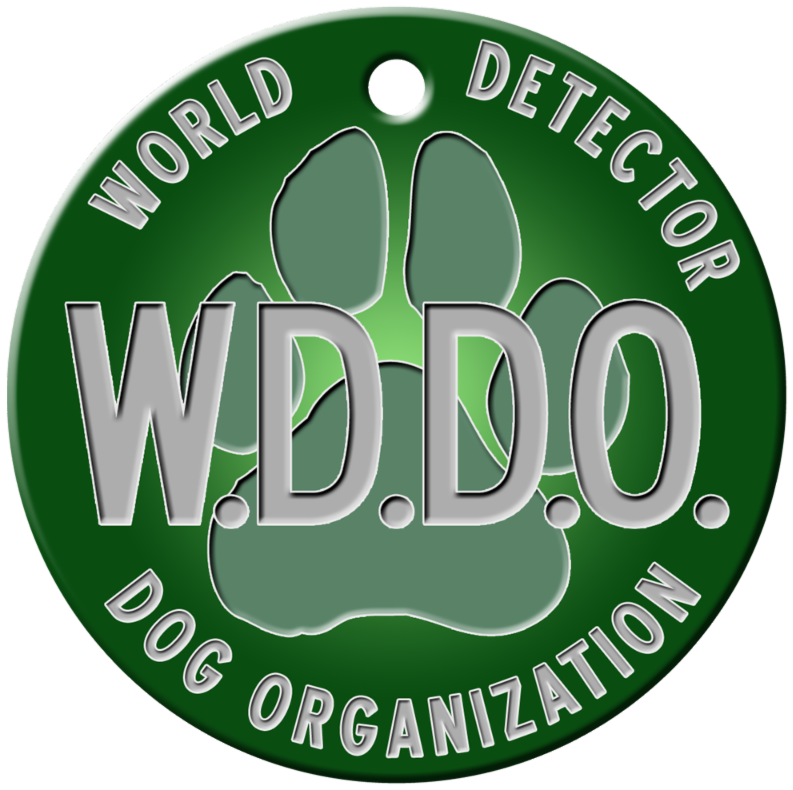When you suspect your home of business has become host to a colony of bed bugs your first instinct should be to call in a professional. It’s the smart move, and is the first step to successfully dealing with what can obviously be a harrowing experience. Trying to battle bed bugs on your own is a tall order, and going it alone can quickly make a fairly manageable problem much worse.
But what should you expect from a professional bed bug treatment? If you’ve been lucky enough to have never had to deal with a full-scale bed bug infestation you’re probably unfamiliar with the different treatment options, and that can make the prospect of calling in a professional service somewhat daunting. Well, we’re here to demystify beg bug treatments, and to give you a better idea of your options when it comes to eliminating bed bugs from your home or office.
Different Treatments for Different Scenarios
Every bed bug infestation is unique, and there is no single treatment option that will suit every person’s needs. Generally, when it comes to eliminating bed bugs there are two treatment options from which to choose – heat and the more conventional insecticide method. Each has its own advantages and disadvantages. Understanding a little about each of these methods will help you determine which treatment is right for your situation.
Giving Bed Bugs the Heat Treatment
Whole room heat treatments require pest management specialist to bring in specially designed equipment in order to raise the ambient temperature in your home or office in order to kill bed bugs and their eggs. During this treatment the air temperature in the treated rooms is raised to between 135° F and 145° F. In most cases a successful heat treatment can be completed between six and eight hours, depending the level of infestation and the environment itself.
There are some clear benefits to choosing heat to kill bed bugs, including:
- Heat is a good option for homes and businesses who want an eco-friendly treatment method
- Heat kills bed bugs at all stages of their development, from egg to fully grown adult
- Heat radiates through walls to reach hidden areas where bed bugs like to hide
- A heat treatment can usually be completed in a single visit and usually requires no more than a day to complete
- Heat has a 95% success rate
While heat offers a fair roster of extermination advantages there are some things to consider before choosing this method to treat a bed bug infestation:
- Bringing the temperature of a structure up to 130 degrees and keeping it there for an extended period isn’t easy to do. Heat treatments require the use of specialized equipment and it is important to have a certified pest control professional on hand to administer the treatment and prevent any potential property damage.
- Some items should not be left within a structure that is undergoing heat treatment for bed bugs. Your pest management team should be able to advise you as to what should be removed and treated in isolation and what can be safely left in situ.
- During heat treatment pets and family members must evacuate the premises.
- Heat treatments are 95% effective, but they offer no residual protection. Your property may become re-infested if you do not take any appropriate preventative measures.
Conventional Insecticide Treatments
An insecticide treatment is probably the most common method of eradicating bed bugs, and the one with which most people would be familiar. It is important to note that a licensed pest management professional should always be called in to administer any bed bug insecticide treatment. This is definitely not a DIY option.
Insecticide treatments typically use three different types of insecticides to achieve the desired results. These consist of:
- A fast acting contact insecticide for use on exposed surfaces and common areas
- A residual insecticide for inside furniture and in cracks and crevices where bed bugs might hide
- A dry/dust insecticide for cracks, crevices and voids such as electrical outlets and along baseboards
A conventional insecticide treatment typically requires two to three visits to the property to complete. Each visit can take anywhere from 30 minutes to 2 hours per room depending on the property and the level of infestation.
There are some definite benefits to choosing a conventional insecticide treatment over heat treatments, including:
- Conventional insecticide treatments are usually less expensive than heat treatments
- Insecticide treatments are often the better choice when dealing with smaller infestations
- Conventional insecticide treatments are more focused and require less heavy equipment, making them a more discreet option for those who prefer to keep their pest concerns private
- Once an insecticide treatment is completed it is usually safe for pets and family members to re-enter the structure in as little as 4 hours
Conventional insecticide treatments are highly effective, but there are some disadvantages to keep in mind when choosing this treatment option.
- Follow up treatments are almost always required, usually beginning with 2 to 3 weeks of the initial treatment
- Depending on the size of the infestation and the property being treated special preparation may be needed to ready the property for treatment
Choosing the Right Treatment Option for Your Situation
Every bed bug infestation is different, and will prevent different challenges to the property owner and the pest control professional. In order to find the treatment method that is best suited to your needs you will want to work closely with your bed bug inspector to develop a sensible plan of attack. Together you can decide which treatment makes the most sense for your property and for your budget.
Published by Scott Palatnik
If you believe you’ve brought bed bugs into your home or office, give us a call, we can help!
Now with 2 locations. On Long Island @ 516-619-6149, or in NYC @ 212-299-9186
We are Long Island Bedbug Inspections.
Your Bedbug Inspection, and Elimination solution.


